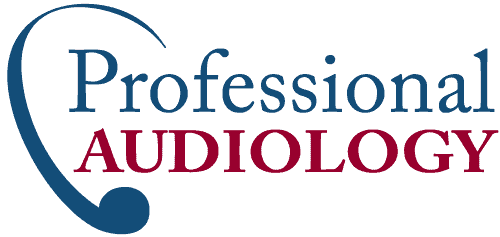Hearing aids are essential devices for millions of people who live with hearing loss. These devices provide ample hearing support, enabling people to navigate daily life with greater safety and awareness. Hearing aids are long lasting devices that are highly durable. But like most items you have and use daily, they need to be replaced over time. If you are thinking about updating your hearing aids, there are a few factors you should explore to help you know when to get a new device. This includes the following:
- Your hearing aids aren’t working as well. Hearing aids, like all electronic devices, have a lifespan. Typically, hearing aids last 5-7 years depending on the type and manufacturer. There are ways you can contribute to the longevity of your hearing aids including by cleaning them regularly and getting them professionally serviced. But over time, they can be affected by daily wear and tare. This includes things like earwax, moisture, and other substances that can accumulate in the ears. Over time you may notice that your hearing aids seem to not be working as well which can indicate that you may need a new pair.
There are different signs that suggest your hearing aids have reached their lifespan and
that you should get a new device. A few signs include:
- You hear feedback noise – buzzing, whistling, ringing sounds etc.
- You are experiencing frequent malfunctions like your device powering off randomly.
- Batteries aren’t lasting long and you are replacing them often.
It is common for your hearing aids to need repair work over time. But if you are
experiencing these hearing aid issues consistently, it may be time to get a new pair.
- Your hearing needs have changed. Your hearing needs may also change over time. It is important to remember that hearing loss exists on a spectrum and when you are on this spectrum can change. This highlights the importance of getting your hearing tested regularly to ensure that your hearing needs are being met. If your hearing needs change, you may require new hearing aids with teh settings and features that can optimally support your hearing needs.
- Lifestyle factors have changed. In addition to your hearing needs changing over time, there are specific lifestyle factors that can also shift for you. Various lifestyle factors inform the type of hearing aid that is best for you. This includes what you do for work, any hobbies or activities you regularly engage in, and the types of environments you normally navigate. This helps identify what your hearing needs are in these contexts and what your hearing aids need to be able to do to meet your hearing needs. So if your job has changed and you now work in an environment that is noisier, you may need a new device to support your hearing in this workspace. Another example is moving to a place with a different climate, let’s say there is more humidity. Some hearing aids are better than others in these types of climates. If you experience major life changes, it is important to discuss this with your hearing healthcare provider.
- You are interested in the latest technologies. Another indication that you may want to update your hearing aids is if you are interested in technologies and features that you currently do not have. Hearing aids are continuously advancing and there are cutting edge technologies that stretch what these devices can do. You may be interested in technologies like:
- Wireless connectivity: using Bluetooth technology, hearing aids can wirelessly connect to other audio sources. This allows them to stream the audio directly which enhances sound quality and creates a personalized listening experience.
- Digital noise reduction: this feature separates speech from background noise adn reduces unwanted noise. This is especially useful in places that are noisier and harder to hear in.
- Tinnitus management: tinnitus is a common hearing loss symptom. This feature emits low levels of white noise to alleviate tinnitus and the impact it can have .
- Apps and virtual assistant: many of today’s hearing aids offer a downloadable app that allows users to conveniently manage settings. This also comes with a virtual assistant that can provide hearing aid support.
Be sure to discuss the latest hearing aid technologies and features with your hearing
healthcare provider who can help identify what can be most beneficial to you.





